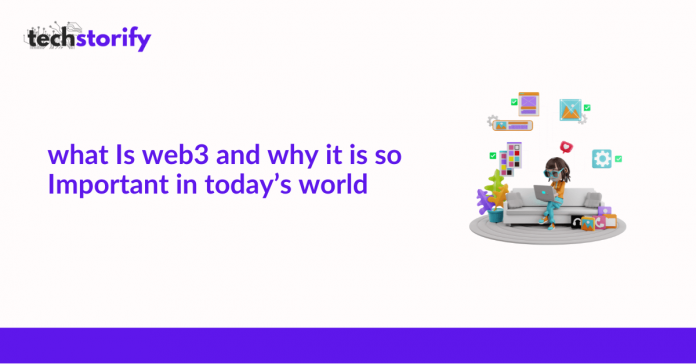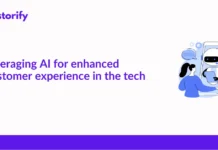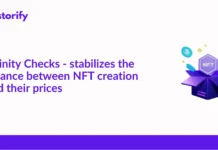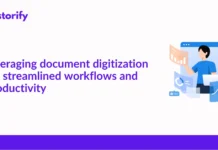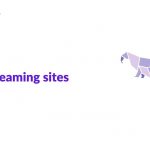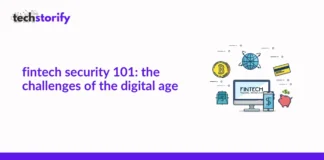The internet is growing fast. The advancements made over the years have helped explain and give access to opportunities and possibilities available on the web. NFTs, for instance, changed people’s perspectives on financial ownership, acquisition, and transfer.
However, like with NFTs, some changes take time for the public to accept and cause speculation within the tech community. Web3 is one such development, mainly due to the little information available on the topic and the amount of time it takes to launch it. Here is a comprehensive analysis of Web3 and its impact on the tech world.
What Is Web3?
As mentioned, the internet is ever-evolving. Web3 is the third evolution of the World Wide Web (WWW). This new iteration provides a foundation for websites and programmable apps that are at the center of internet use. Web3 is still in the works, and as such, there is no clear definition of the new technology.
The most agreed-on objective for the evolution is to create decentralized applications and functions. Web3 will also use AI to empower more intelligent and adaptive applications. Here are the known features of Web3:
- Web3 developers and users get to share ownership of the internet as opposed to centralized systems and third-party companies.
- The system gives everyone equal access to the internet without restriction.
- Web3 gets rid of trusted third parties and operates on incentives and other economic mechanisms.
- Web3 does not rely on outdated systems and instead uses blockchain for transactions.
The Importance of the Web3 Evolution
The first two iterations of the World Wide Web run on centralization that help connect the world to a single web of information and data. However, this centralized system also allows very few entities the power to decide what is right and wrong. Moreover, the web relies severely on trust in a few companies to work in the public’s interests.
The design of Web3 bypasses all these limitations and creates an even more robust system than Web2. Some of the benefits of Web3 include:
- Web3 offers the opportunity to own assets and items on the internet. Ownership of any item on the web is not tied to the seller. Instead, it allows users to trade using NFTs, making any purchase permanent.
- Web3 eliminates the power dynamic between internet platforms and content creators. The new system allows users to carry their reputation across platforms.
- The new web system supports owning shares in a company on the internet. These permissions would allow users to partake in the decision-making processes of big tech companies like Google.
- Web3 also simplifies the identity dilemma and allows users to control their profiles. The system will enable users to create crypto addresses that provide single, secure log-ins across all platforms.
- This internet evolution will improve data processing rates and speeds within the system.
- Web3 will use AI for better processes and create smart applications leading to a more pleasant user experience.
WEB3 Is Not Without Its Limitations
Web3 offers amazing opportunities and experiences compared to its predecessors. It is important to note that, however promising the new infrastructure is, Web3 still has some limitations. They include:
- Web3 is not ready to use just yet. Therefore, the information on the system is based on what the developers and creators have to say about it.
- Newbies might have trouble understanding the inner workings of Web3.
- Eliminating privacy policies and trusted third parties will increase the risk of internet fraud or theft.
- The system will require advanced devices to run.
The concerns raised about Web3 may get fixed before its launch. If this happens, Web3 might be the internet update the world needs.


